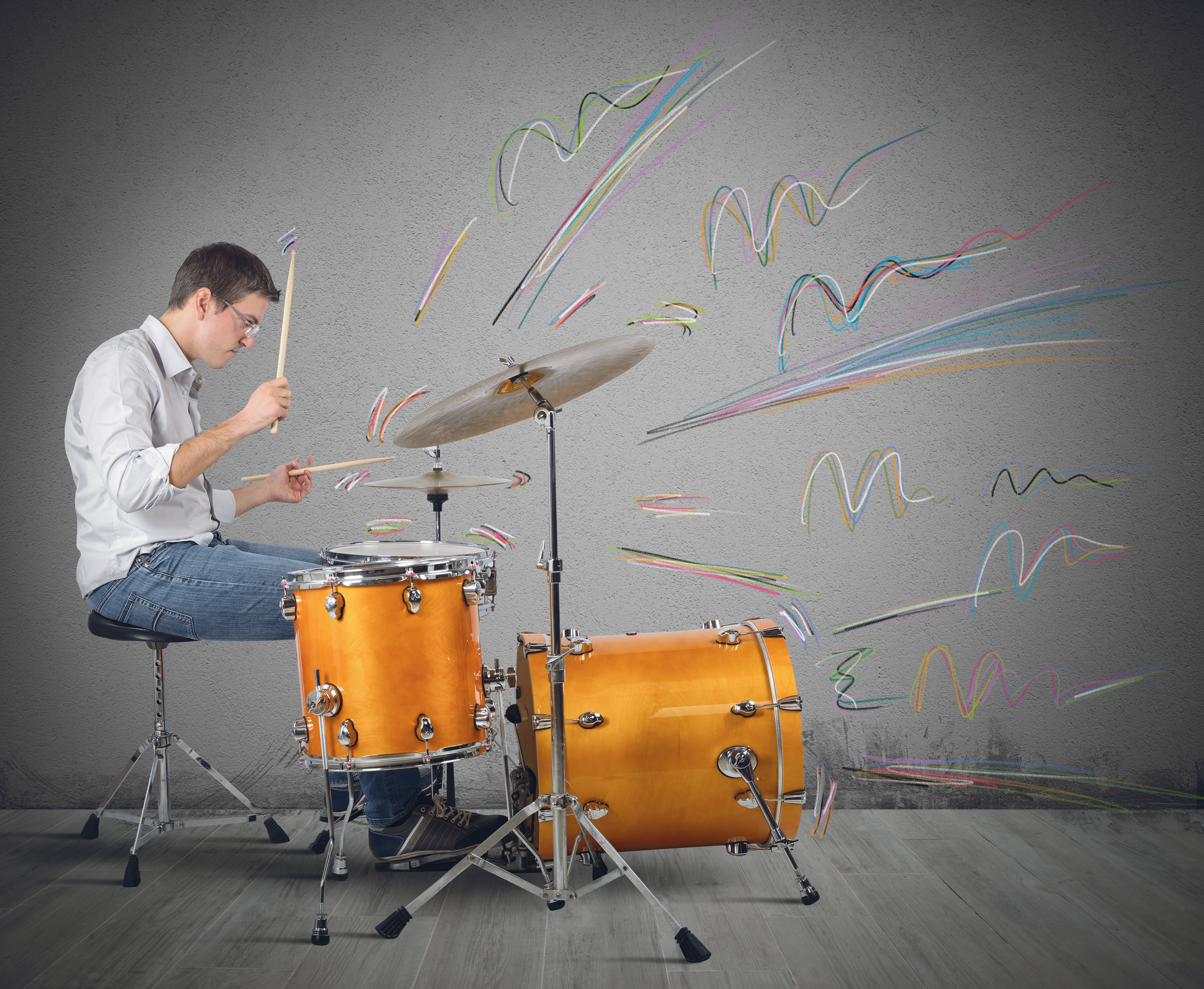
Learning a musical instrument is a physical activity that requires both physical and mental exertion. Different instruments utilise different limbs, muscle groups, and individual muscles, and it’s important to be aware of this when approaching your instrument. For example, a pianist who focuses on the fingers, but neglects the wrists, will probably play with a stiff technique and could develop wrist strain. The same is true for drummers, though the muscles groups we use to create sound with our instruments are different.
This article will assess the key muscle groups utilised by drummers before looking at how, through use of good technique, we can avoid strain or aches in these areas.
Fingers
The fingers are perhaps the most frequently undervalued part of the body for beginner drummers, and yet they play a key role in generating stick action and controlling the bounce and rebound of the stick.
While it’s unlikely that the fingers themselves will develop any sort of strain or ache--neglecting to use them will significantly increase the risk of strain in other areas of the arm, such as the wrist or forearm.
Different fingers are incorporated into your stick action in different ways, usually depending on which grip you use (traditional, French, German etc.) and which fingers provide the fulcrum (balance point) for your stick.
- Traditional Grip - the thumb plays a more important role in powering the stick due to the orientation of the hand in the traditional grip. The index and middle finger also provide power, but are more important in keeping the stick stable and secure. As the third and little finger have their back facing the stick, they offer little power or balance in this grip.
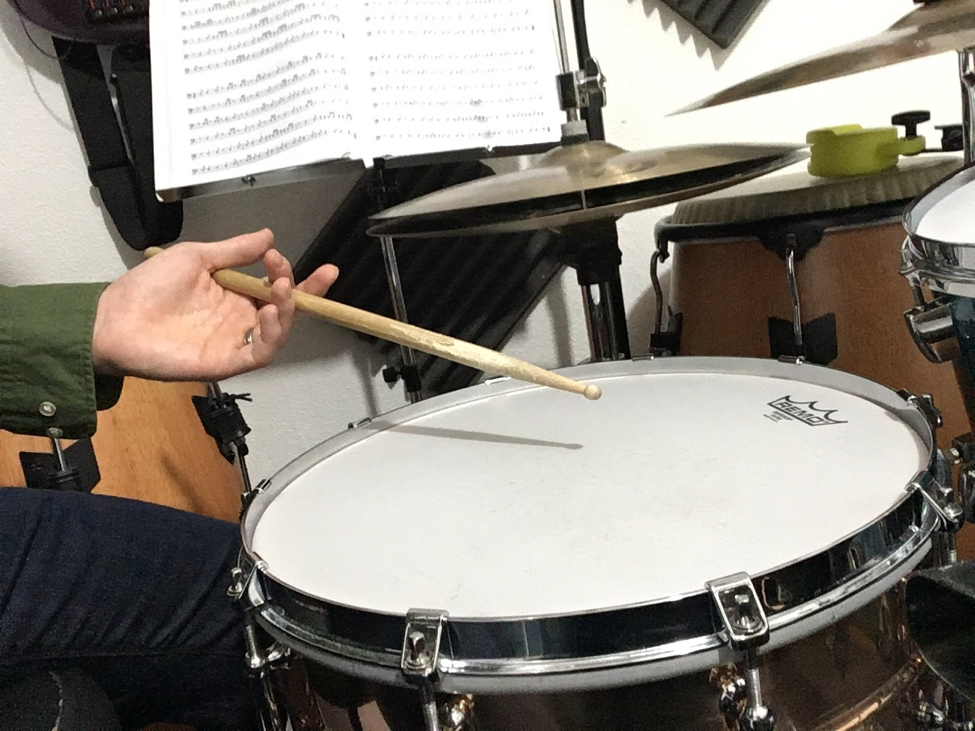
- Match grip (or leading hand in traditional grip)- in match grip players (or leading hand for traditional grip players), the thumb doesn’t provide power, instead it is half of the fulcrum, the other half being either the index or middle finger (in my case the middle finger). The power and rebound here is generated by clenching the remaining fingers into the hand. This action will cause a small wrist movement, which will enable the stick to travel freely. One should be able to play smooth strokes without using the forearms or upper arms just by using this finger movement.
For more information on how to get your sticks more active in your stick action, check out Jojo Mayers’ groundbreaking instructional DVD “Secret Weapons for the Modern Drummer”.
Learn with LPM
Wrists
The wrists, like the fingers, control the vertical movement of the stick and can help to generate accents and ghost notes. Different drummers use the wrists and fingers in combination to varying degrees. Some adopt a technique which is more dependent on the fingers while others make greater use of the wrists.
One common problem that many drummers encounter in the wrists is an ache related to the positioning of the hand. To move on a vertical axis, the wrist works far more freely when the palms are facing downwards rather than sideways. Many drummers develop wrist strain because they’re playing loudly and moving the wrist in a way that is unnatural with the palms facing sideways.
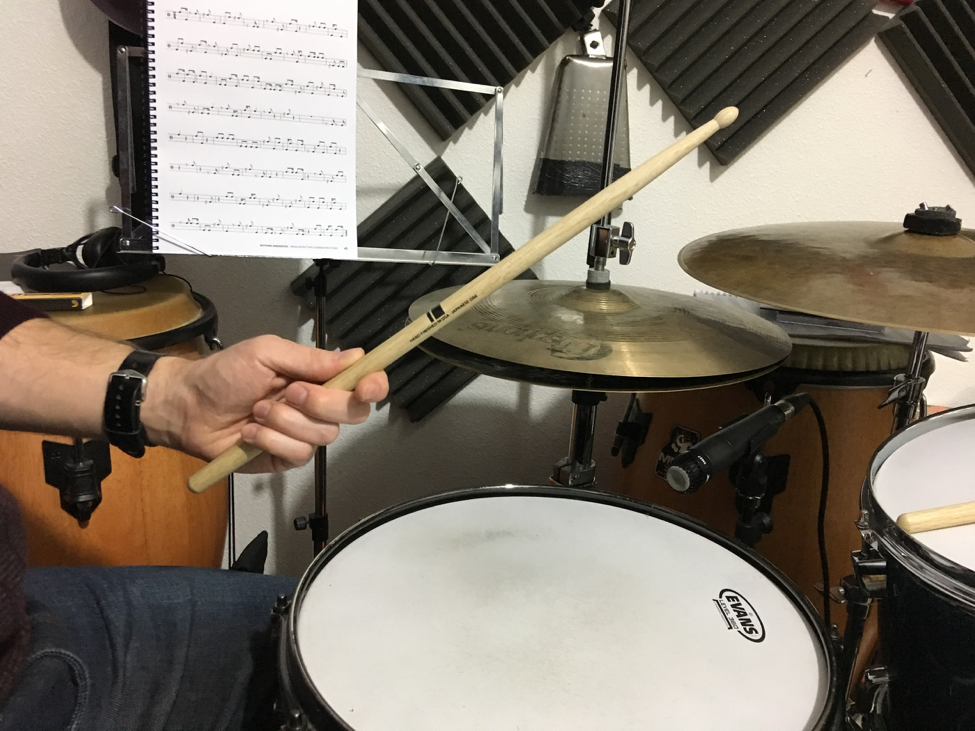
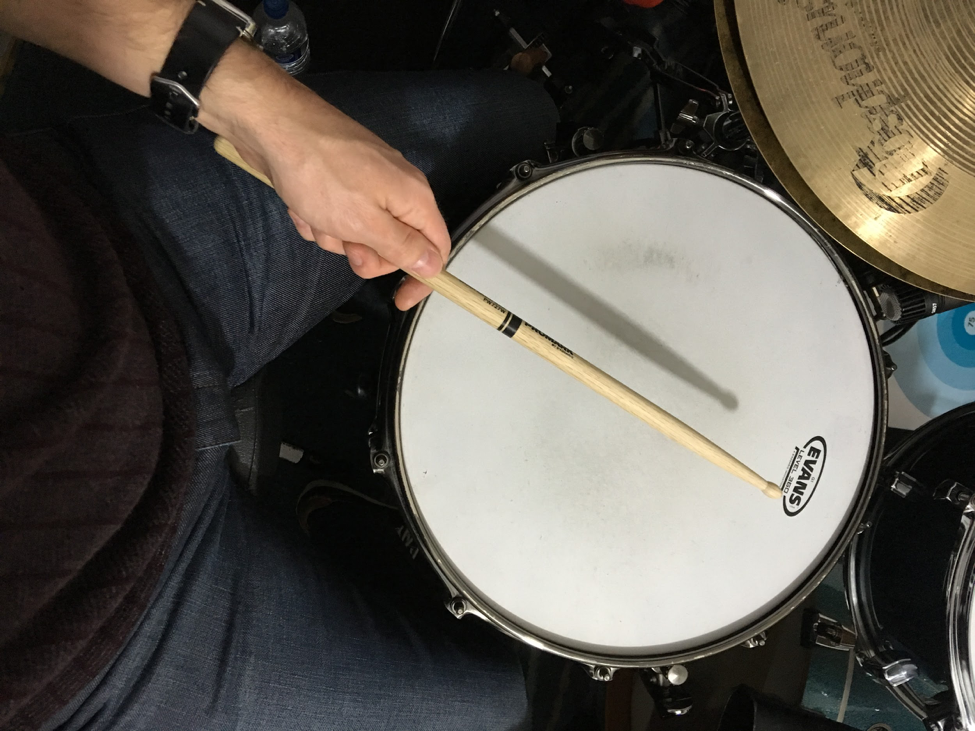
Playing this way will not only cause strain on the wrist, but this strain could also manifest itself in the forearms.
Forearm
The forearm and elbow are used to generate power when playing the drums. There are two common causes of strain and pain in the forearm, overplaying and poor wrist technique.
- Overplaying - many drummers rely on the forearms too much to generate power. The neglect of the fingers and wrists will mean that more pressure is put on the arms to generate that power. This excessive movement and force, like any sort of exercise, will eventually cause muscle strain.
- Poor wrist technique - if the wrist is over rotating, this will produce an involuntary movement in the forearms, which could lead to strain.
To fix these issues, simply rotate the wrist so the palms are facing roughly downwards, then try to generate power through the wrist and fingers as well as the forearms. This even spread of energy should eliminate strain over time.
Upper arm
The upper arm is predominantly used to dictate which part of the drum kit is being struck. Many beginner drummers over use their upper arm, which can lead to aches and pains over a long period of practice. Remember, most of the stick action is generated by the fingers and wrists--and to a certain extent--the forearms.
Shoulder
The shoulders play an important and often unseen role in drumming. The entire arm is attached to the body through the shoulder, so if anything is wrong here, it will have an adverse effect on the aforementioned body parts.
In my final year of university in 2013, I developed muscle strain in my left shoulder. For a long time I could feel tension there, but I just couldn’t figure out why this was. It forced me to dissect my technique more closely, and I realised that the tension was coming from overdependence on certain limbs.
When playing fast or difficult passages of music with my weak hand, I found that my technique was lagging and this manifested itself in shoulder tension. It wasn’t actually anything to do with a specific shoulder movement, but as the shoulder is the gateway to the entire arm, this is where the problem arose. I focused on improving my finger, wrist, and forearm action and as my technique gradually improved, my shoulder pain diminished.
Back
While the back muscles don’t themselves operate the drum sticks or pedals, they play an important role in maintaining a solid posture, something that’s imperative to developing good fundamental technique. The most common cause of back pain is having a slouched posture. While there are some very famous examples of legendary drummers who do slouch (Buddy Rich and Brian Blade, to name just 2), generally speaking the best way to avoid back pain is to keep the back straight but relaxed.
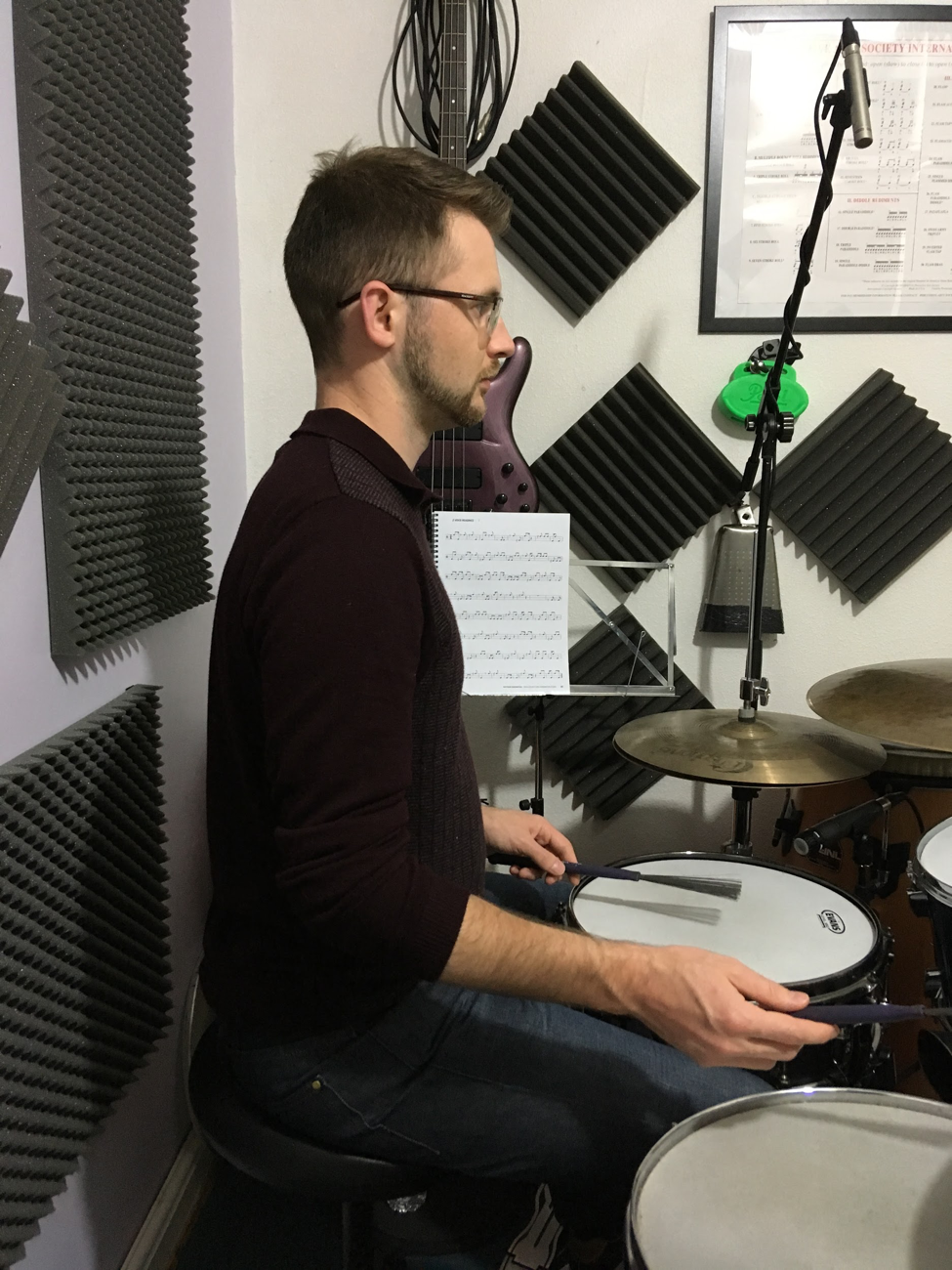
Lower Leg
Unlike many other instrumentalists such as violinists or guitarists, drummers make as much use of their feet/legs as they do their hands. For drummers who play with a heel-down technique, the calf is the most active leg muscle. Most muscle strain injuries, both in the arms and legs, are a result of overuse of a certain muscle or muscle group and this is certainly the case here. It’s important to remember that the foot pedals are designed to take minimal amounts of energy from your legs and convert that into a powerful stroke on the bass drum or hi-hat (foot). Regardless of your heel position (up or down), your foot should always be in contact with the pedal. Maintaining this contact will not only encourage you to maximise small amounts of energy, but it will also help you to generate a clean bass drum tone. If you take your foot off the pedal, you will hear the sound of your foot hitting the metal before you hear the sound of the bass drum beater striking the drum head.
Heel Down
Upper Leg
Whereas the lower leg is more active for drummers using a heel-down technique, for those who adopt a heel-up approach, the upper leg is more active. The particular muscles in play here are the quadriceps, hamstrings, and groin. Again, the key here is to let the pedal take as much of the workload as possible. Keeping the foot in contact with the pedal will go a long way to achieving this.
It’s also important to consider that you might want to adopt a different pedal technique depending on how you’re playing (volume, style etc.). For example I usually adopt a heel-down technique for the bass drum pedal, unless I want to play very loud. This might be due to the acoustics of a certain room, or it could be because I’m playing a particularly heavy song or section, but I think it’s important to be flexible. You also might want to use a slightly different technique in your left foot to your right.
The hi-hat pedal has a very different action to the bass drum pedal, so it makes sense that your technique would have to change. Therefore, I use a heel-up technique on the hi-hat pedal to ensure I get a crisp articulation of the cymbals. However when I first started using this technique, I had a lot of aches in my upper leg, around the groin area. I realised over time that this was due to over movement, which again brings us back to the point of leaving at least some part of your foot in constant contact with the pedal.
Heel Up
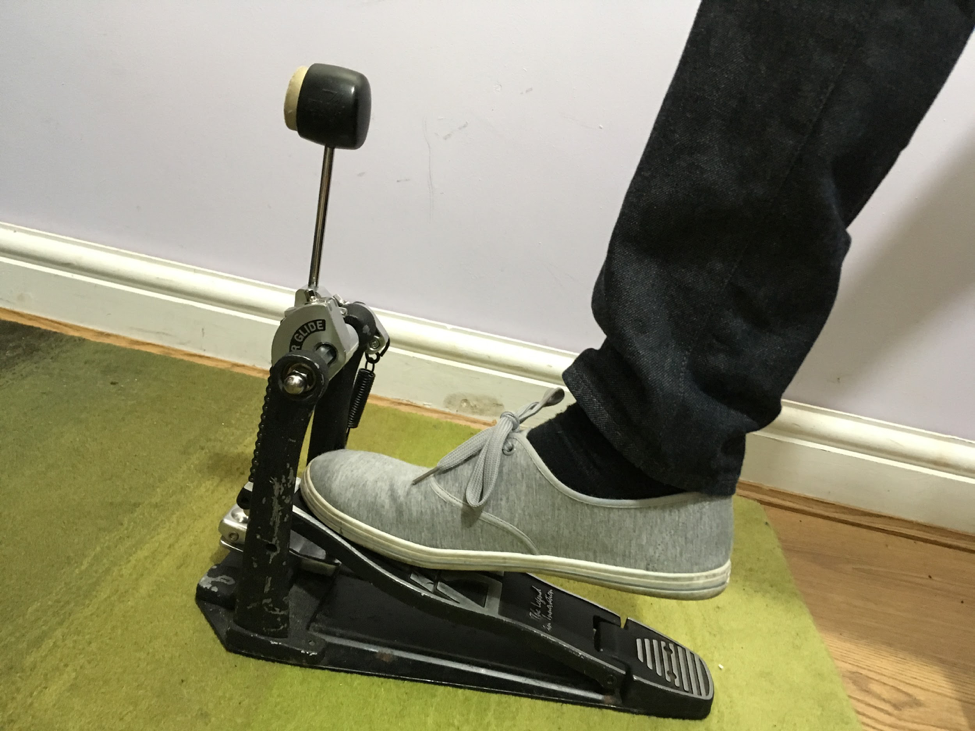
Breathing (Lungs)
Finally I’d like to look at maintaining steady breathing while playing. One common cause of tension while playing is fast breathing or holding one's breath while playing. If our breath is not steady, then this will have an impact on how we sound at the drums. For example, if you’re holding your breath during a long fill or difficult passage of music, your body will be telling you to finish that passage as quickly as possible to supply it with more oxygen. Remember that every muscle or body part we’ve already mentioned needs oxygen as fuel to function. Cutting off or slowing that flow of oxygen will affect how those muscles work.
Final Thoughts
Most of the muscle strains mentioned all have one thing in common - they’re all a result of over exertion. That doesn’t mean you should practice less, it means you should analyse your technique more deeply to see if you can maximise the volumes and speeds you’re able to play while minimising the amount of energy you’re spending. Not that loud and fast playing is the key to being a good drummer, far from it, but these parameters are a good measure of how efficient your technique is.
Bearing these parameters in mind will benefit you in the long run, whether you’re going through any sort of muscle strain right now, have done so in the past, or merely want to ensure you don’t in the future.
About the Author: Brendan Bache
Brendan has been in love with the drum kit since the age of 8. His love for music spans many musical genres but his great passion is the study and performance Latin American music. This interest has led Brendan to study many Latin percussion instruments such as congas and bongos as well applying these rhythms to the drum kit. Brendan is the drum kit teacher at Liberty Park Music. Check out his drum kit courses!

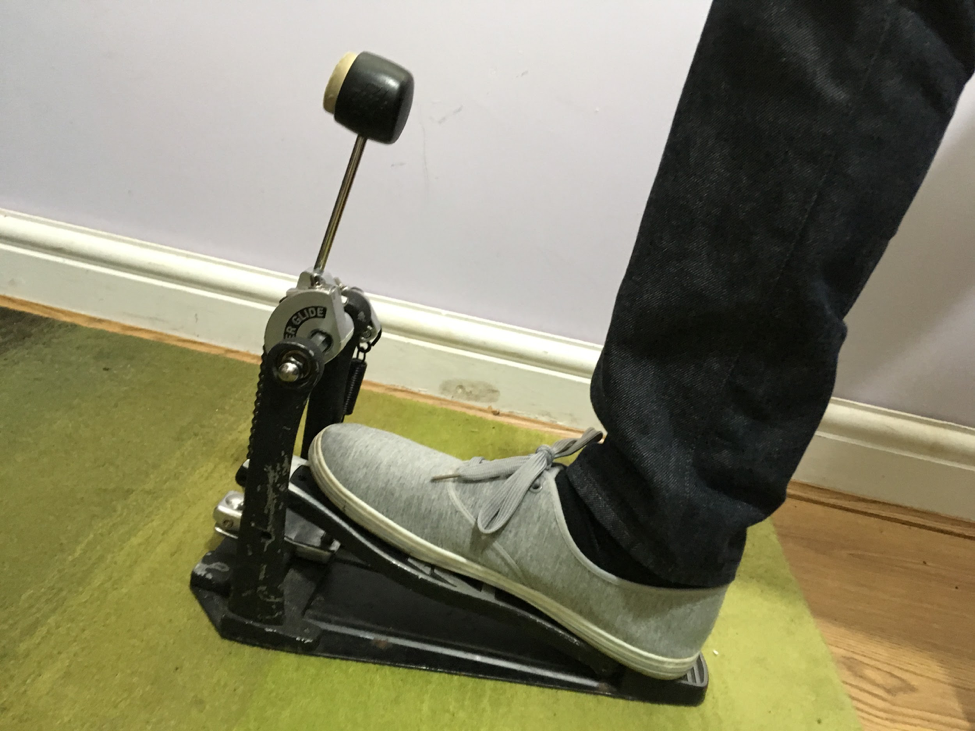

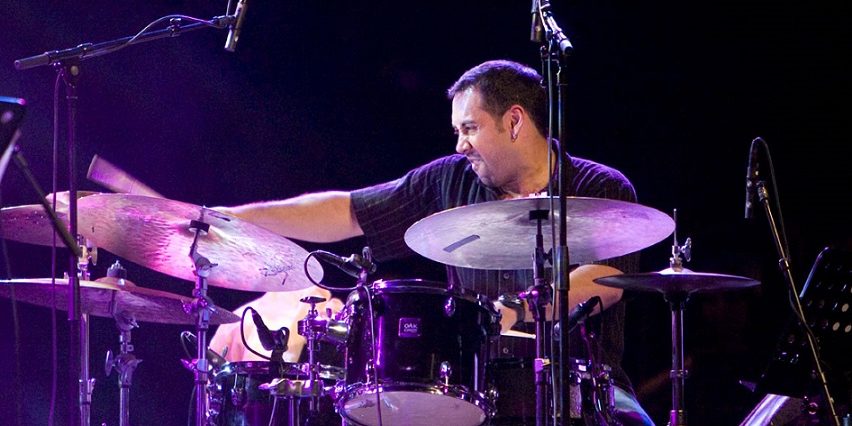
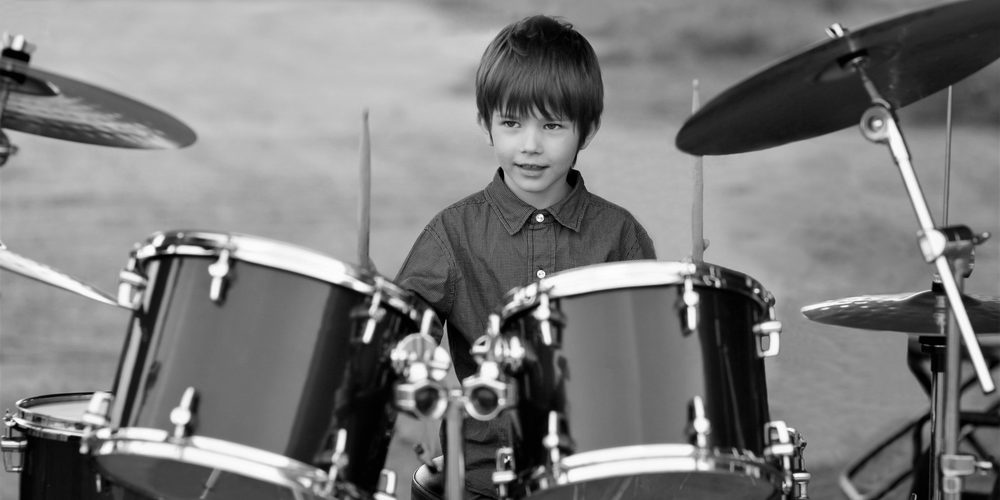
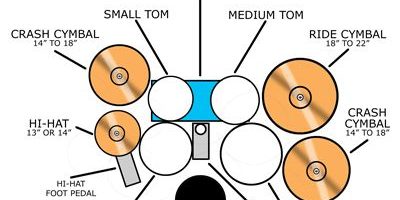
Very useful. Thank you!
Thanks Aaron
You might want to include ear damage in the next version! Good article though.
You make a really good point David, thanks!